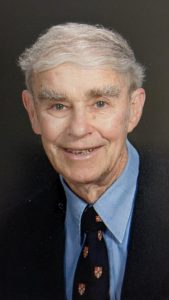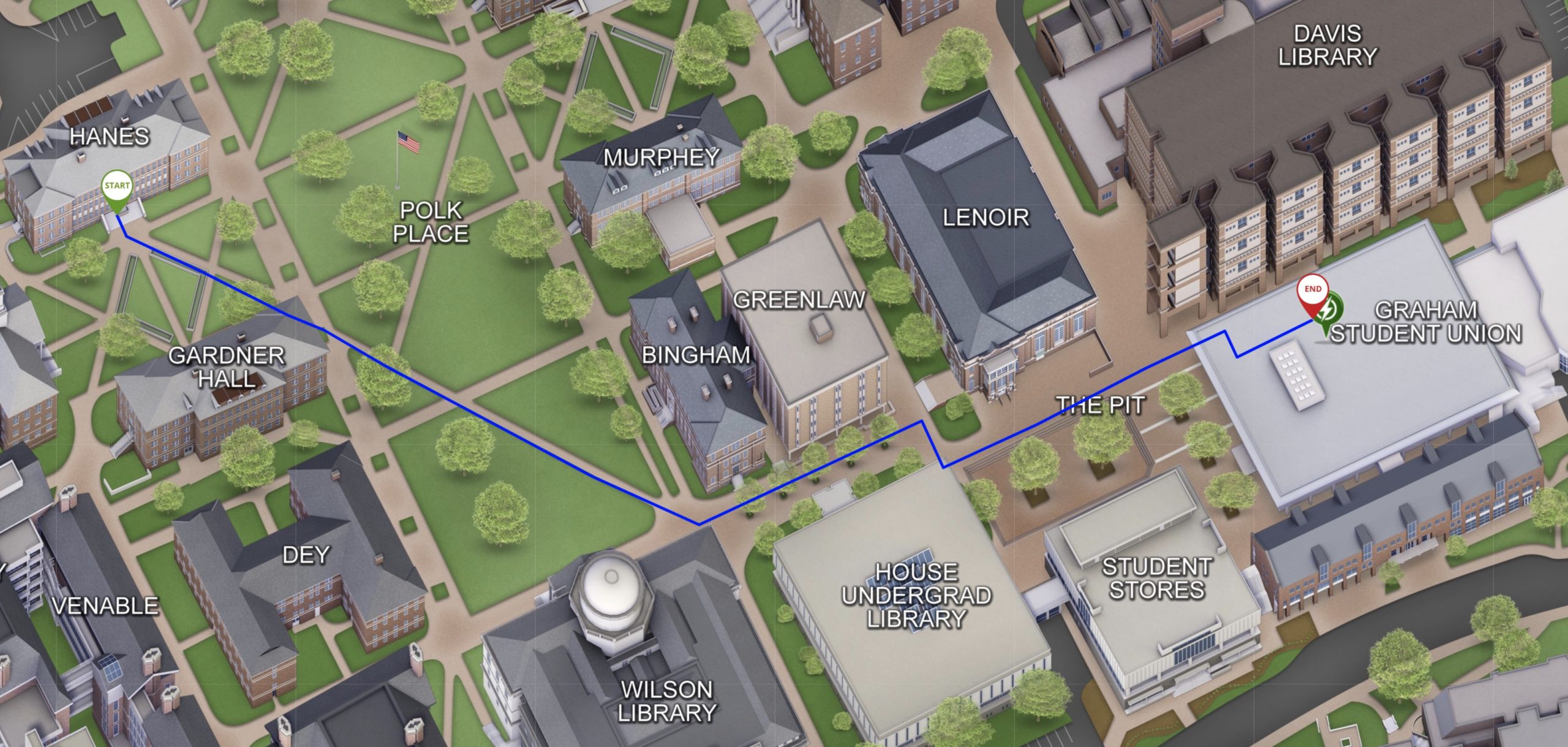Leadbetter Celebration
A Celebration in Memory
of Ross Leadbetter
Extremes, Dependence, and More
The Department of Statistics and Operations Research is organizing a meeting on Saturday, February 25, 2023.

Speakers
Richard Davis (Columbia University)
Ivette Gomes (Universidade de Lisboa)
Tailen Hsing (University of Michigan)
Steve Marron (University of North Carolina at Chapel Hill)
Thomas Mikosch (University of Copenhagen)
Susan Murphy (Harvard University)
Vladas Pipiras (University of North Carolina at Chapel Hill)
Sid Resnick (Cornell University)
Holger Rootzen (Chalmers University of Technology)
Gennady Samorodnitsky (Cornell University)
Talks
References:
Gomes MI (2021). The ‘Portuguese School of Extremes and Applications’ (PORTSEA). Notas e Comunicaçōes CEAUL 01/2021.
Leadbetter, M.R. (1974). On extreme values in stationary sequences. Z. Wahrsch. und Verw. Gebiete 28, 289–303.
Leadbetter, M.R. (1983). Extremes and local dependence in stationary sequences. Z. Wahrsch. Verw. Gebiete 65:2, 291–306.
Leadbetter, M.R., Lindgren, G. and Rootz ́en, H. (1983). Extremes and Related Properties of Random Sequences and Series. Springer-Verlag, New York.
Organizers
Tailen Hsing
Steve Marron
Vladas Pipiras
Holger Rootzen
More about Ross Leadbetter
Schedule
| 8:45am – 9:00am | Opening, including remarks by Chris Clemens, the Provost and Chief Academic Officer. |
| 9:00am – 9:35am | Talk: Steve Marron (UNC-CH) |
| 9:35am – 10:10am | Talk: Ivette Gomes (U de Lisboa) |
| 10:10am – 10:20am | Coffee break |
| 10:20am – 10:55am | Talk: Holger Rootzen (Chalmers U of Technology) |
| 10:55am – 11:30am | Talk: Thomas Mikosch (U of Copenhagen) |
| 11:30am – 12:05pm | Talk: Vladas Pipiras (UNC-CH) |
| 12:05pm – 1:30pm | Lunch |
| 1:30pm – 2:05pm | Talk: Gennady Samorodnitsky (Cornell) |
| 2:05pm – 2:40pm | Talk: Richard Davis (Columbia) |
| 2:40pm – 2:50pm | Coffee break |
| 2:50pm – 3:25pm | Talk: Tailen Hsing (U of Michigan) |
| 3:25pm – 4:00pm | Talk: Susan Murphy (Harvard) |
| 4:00pm – 4:35pm | Talk: Sid Resnick (Cornell) |
| 4:35pm – 4:50pm | Closing remarks |
Location
The currently reserved rooms are in Frank Porter Graham Student Union (Carolina Union):
- Room 3408 (Talks)
- Room 3409 (Coffee, Lunch)
(If there is a change due to the number of attendees, this will be communicated.)
The map of the third floor of the building can be found here: https://carolinaunion.unc.edu/about-us/building-maps/
Note that the rooms are at the one far end of the building. The building itself can be seen on this map, with a route from the STOR department building included for reference:

Contact
If you have any questions please email Steve Marron (marron@unc.edu) or Vladas Pipiras (pipiras@email.unc.edu).
Registration
Please tell us that you plan to attend by completing this brief survey
Local Information
Parking: Best bet for parking is on the big Chapel Hill town Parking decks on Franklin street including the Rosemary/Columbia parking lot, and the Wallace parking deck. There is also (paid) street parking. See the town parking website for more info on the various parking options near Franklin street.
Coffee: Closest walkable good cafe is Epilogue books chocolate brews. Further from the university, Caffe Driade and Grey Squirrel coffee are phenomenal but probably require a car.
Food: Franklin Street has a good collection of restaurants both for sandwiches, Mexican food, Indian food, etc.
Hotels:
- The Carolina Inn
- Hampton Inn & Suites Chapel Hill-Carrboro
- Graduate Chapel Hill
- Holiday Inn Express Chapel Hill
- Aloft Chapel Hill
Support
The financial support of the College of Arts and Sciences at UNC-CH for this event is greatly appreciated.
The event website was developed by Prof. Nicolas Fraiman at STOR.
